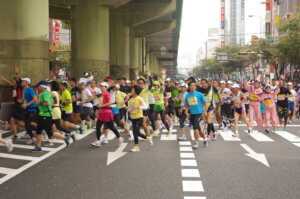Bonsai: The Ultimate Japanese Culture
CONTENTS
Bonsai Represents Nature in Miniature
“When you look up towards it, between its bright red maple leaves, you can see the clear sky of autumn pouring through. The far-off sounds of a waterfall are gentle on the ears. You subconsciously feel like rolling around on the moss that covers the ground. It might also make the ideal picnic spot....”
Enjoying such imagery is one of the appeals of bonsai, an art form that represents nature in miniature.
Looking upwards Is the Proper Way to Enjoy Bonsai
“If you look upwards at one from below, it's like you want to shrink yourself down to miniature size, and it gives you the feeling that the tree is much bigger.” Speaking about bonsai is 23-year-old Takafumi Annou, who came all the way from Fukuoka in the southern island of Kyushu to learn about bonsai. Annou works as a gardener in Seikou-en, one of the famous bonsai nurseries located in Saitama City, about 30 minutes north of Tokyo by train.
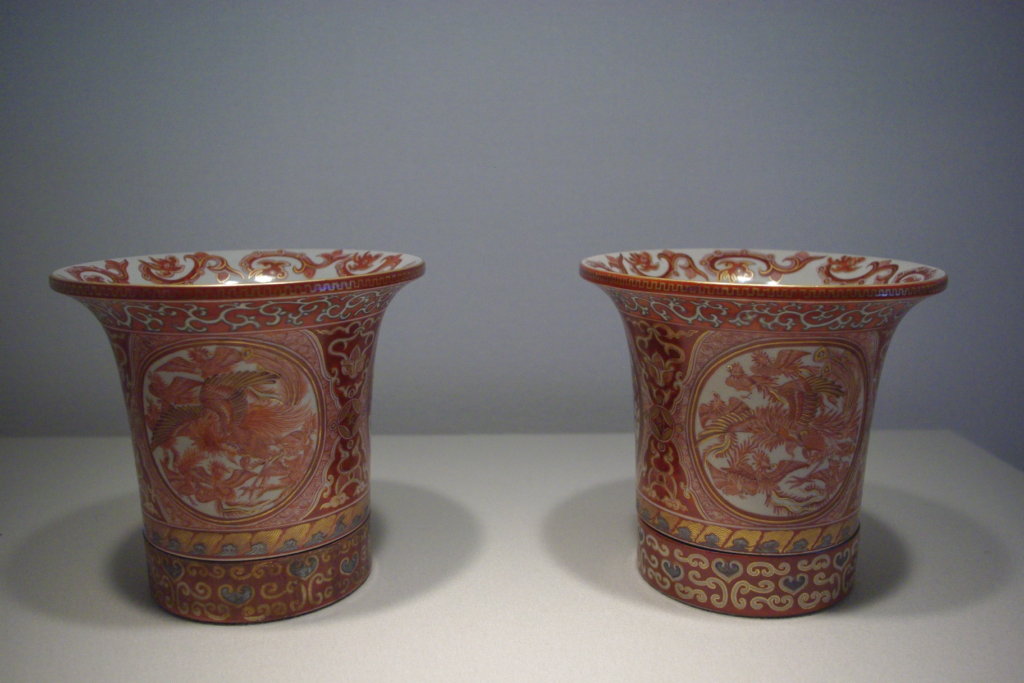
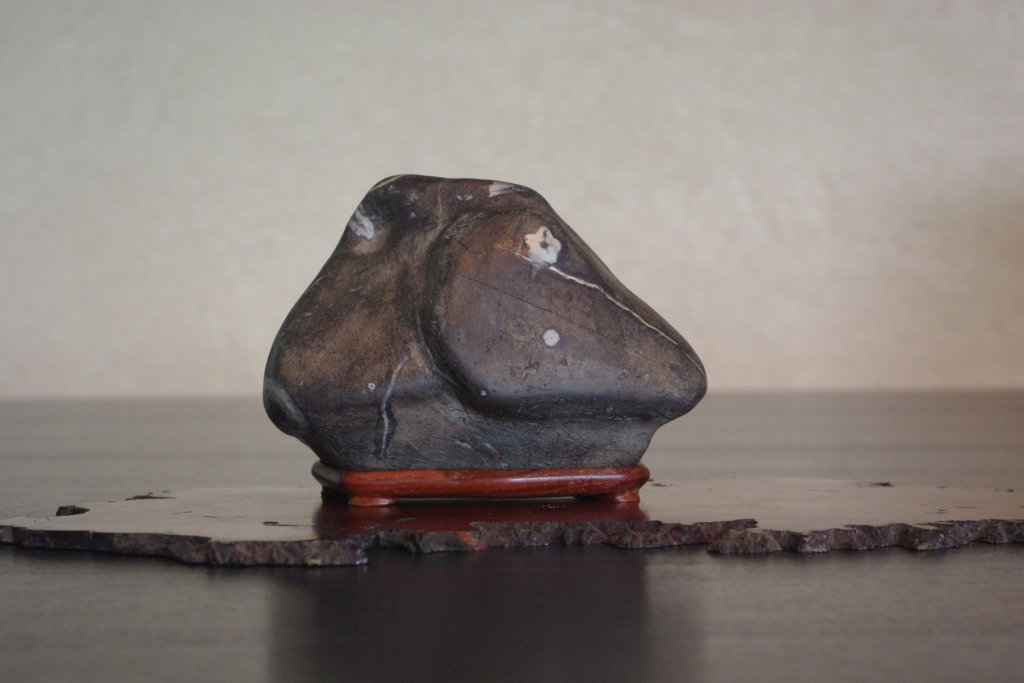

“You never tire of seeing how they change over the seasons,” he says, talking about taking care of bonsai, “But they do require lots of care.”
Including Seikou-en, Saitama City boasts six bonsai nurseries, which are collectively referred to as the “Omiya Bonsai Village.” They attract visitors from Japan and abroad, and in March 2010, the world's first “Omiya Bonsai Art Museum” opened to the public.
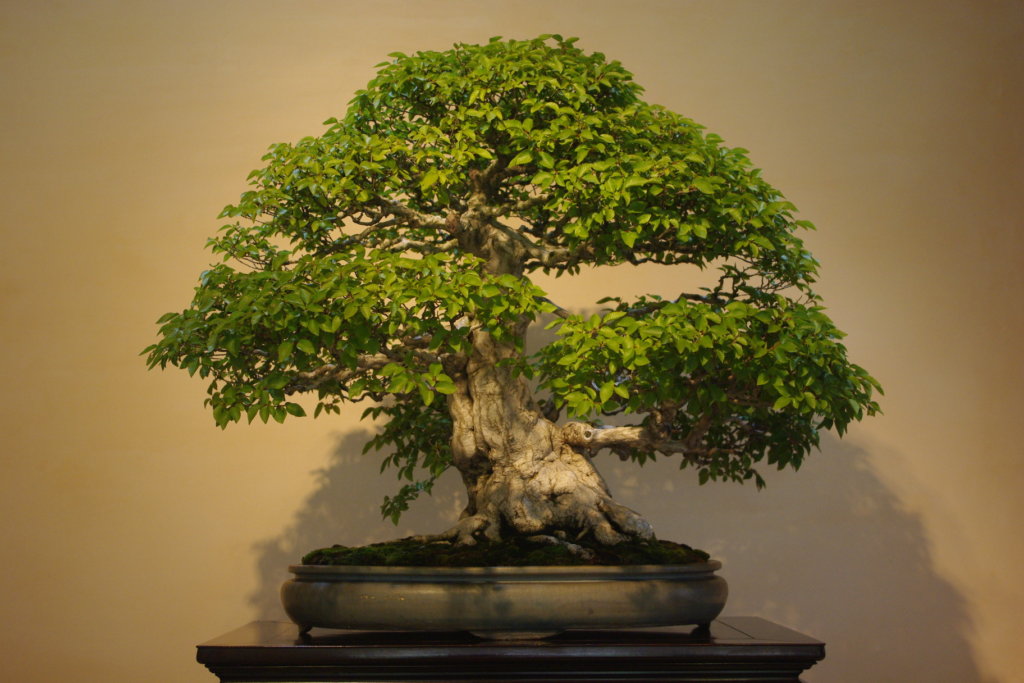
History of Bonsai Village
“During the Meiji Era (1868-1912), many people moved from the countryside to the cities, and bonsai flourished because they wanted at least to have a taste of nature,” explains Kei Hirano, a curator at the museum. Afterwards, she adds, from around the late 1920s, bonsai became recognized as an art form, and through such influential figures as prime ministers Shigenobu Okuma and Shigeru Yoshida, bonsai were utilized as a form of “psychological culture” from Japan that could appeal to people in the West. Here, we provide explanations for four types of historical exhibits by which the Omiya Bonsai Art Museum operated by Saitama City communicates bonsai culture to the world. These are bonki (vessels for holding bonsai or bonsai pot); suiseki (miniature stone landscape); illustrations (mostly ukiyo-e woodblock prints depicting bonsai) and other historical materials such as books and documents.
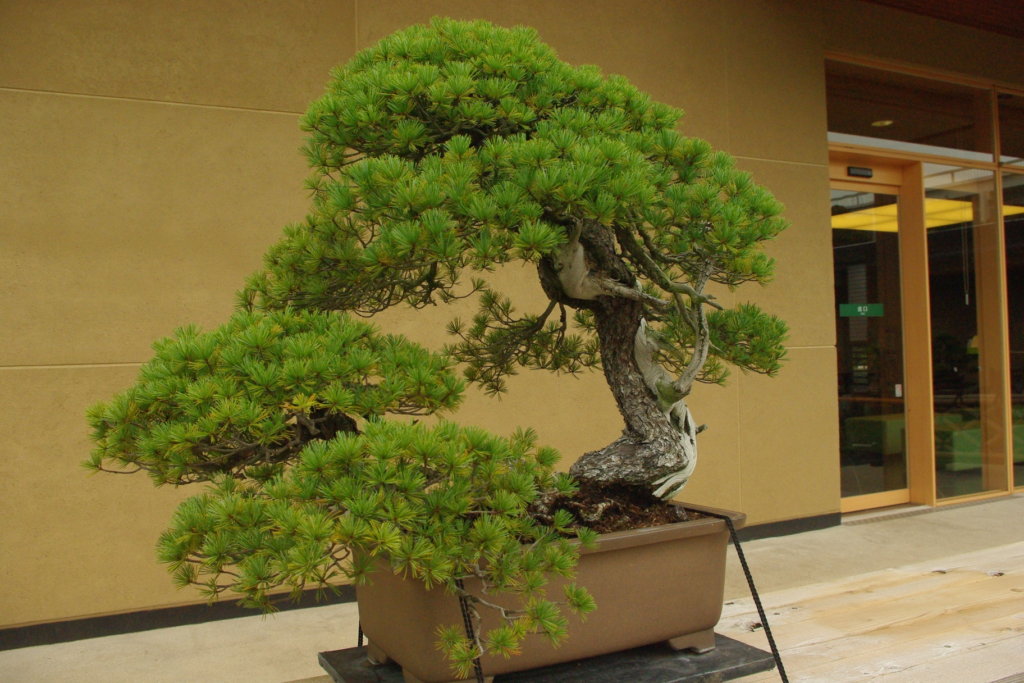
The ukiyo-e woodblock print on display shows Japanese bush clover and the moon by a window. "The season can be discerned by the type of plant, and through this we also understand how to appreciate it," Hirano explains. "Bonsai were originally enjoyed by feudal lords and members of the samurai (Japanese warrior) class, but towards the mid-19th century, the end of the Edo era, they could be purchased by common people on festival days.
The museum has 104 bonsai in its collection, several of which have been appraised at over 100 million yen in value. By virtue of having been owned by an important personage such as the late ex-Prime Minister Nobusuke Kishi, the monetary value of bonsai often rises. The pine is a comparatively hardy tree, and if properly maintained can live from 200 to 300 years. So bonsai also serve as keepsakes that can be passed on to the next generation.

A 43-year-old Canadian man, on his first visit to the Omiya Bonsai Village, observed, “I think it's amazing that all the dwarf trees can be contained in such small vessels.” He himself owns several. A housewife in her 40s who often visits museums remarked how she especially likes how the trees are named, which gives them a romantic impression. “When you look at them from below, you get the perception of a tiny universe,” she said.
Mitateru (simulating, imagining and assuming) Represents Ultimate Japanese Culture
Hirano puts emphasis on “the act of mitateru (simulating and assuming).” The stones resemble mountains or houses, and we try to make the trees grow so their branches split, so as to simulate what will be assumed to be a large tree. This is the ultimate in Japanese cultural shapes, this mind of simulating and assuming something, which has been developed from long ago."
After the Great Kanto Earthquake in September 1923, many bonsai growers moved from Tokyo to this area, seeking more natural surroundings. In recent decades of high economic growth, many bonsai nurseries were closed due mainly to lack of successors to continue their works, and even the remaining nurseries are threatened by various difficulties. The remaining six nurseries charge no admittance, and viewers can also purchase bonsai there.
For example, in the tea ceremony, the tea room is simple in order to eliminate unnecessary things and let the imagination run wild, and in karesansui (dry landscape), rocks are made to look like islands in order to imagine an ocean.
The Omiya Bonsai Art Museum (https://www.bonsai-art-museum.jp/en/) operates a Web site and prepares descriptive pamphlets in English, Spanish, Chinese and Korean to welcome visitors from abroad. Each May 3-5, the town holds a Bonsai Festival, in which some 100 merchants gather from all over Japan to sell bonsai and related goods, and it is possible to purchase a bonsai for as little as 1,000 yen. The Bonsai Festival is not only a popular event for bonsai enthusiasts, but also a good occasion for ordinary people to rediscover the charm of bonsai.


